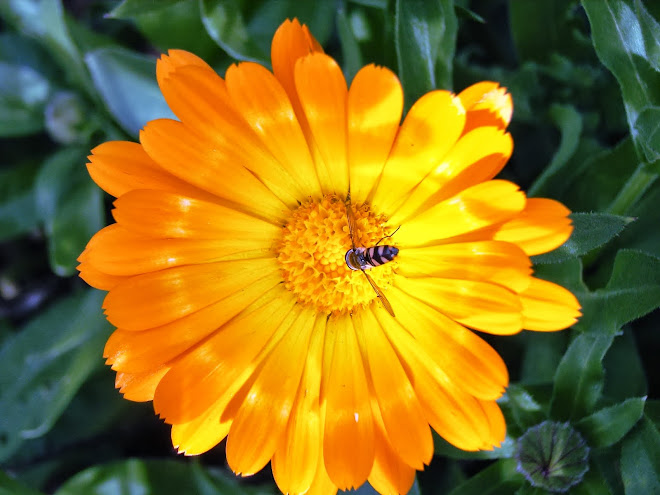 |
I am impressed that many people have a great working knowledge of natural health and lifestyle. Echinacea, Vitamin C, a generous intake of fresh foods and regular exercise will help keep away the winter ailments. This basic approach will work effectively for many people. However, despite the best attempts of healthy lifestyle, many people struggle to avoid getting very sick. This is because they have a weakened immune system and need an in-depth treatment. According to naturopathic philosophy the underlying cause needs to be treated. The Spring change of season is the traditional and ideal time to do an immune repair programme.
It surprises most people when I tell them that at least 70% of the function of the immune system happens via healthy ‘gut flora’, the naturally occurring bacteria residing in the intestines. The immune system is a complex system involving white blood cells, T-helper cells, and the immune response that occurs within the gut. The lymphatic system and the liver are part of the package of immune response, working in close affiliation with the gut. Use of antibiotics, steroid medications, unhealthy diet, chemical exposure and stress are common causes of weakness.
If someone suffers from frequent viral infections or allergy reactions (such as hayfever), his or her immune system is out of balance. Natural therapists knows that a gut repair and liver detoxification programme is the best starting point in restoring immunity.
The first step is to start by treating the gut. Unfortunately many people do a liver detox without first restoring healthy gut function. This can have the opposite effect of overloading the bloodstream and the liver with toxins which are reabsorbed from the gut and recirculated instead of being eliminated.
The typical gut repair programme involves anti-microbial herbs to reduce pathogens (‘bad bugs’), natural remedies including glutamine, aloe vera and slippery elm bark to repair and restore the quality of the sensitive gut lining, and supplementing the healthy gut bacteria with a probiotic which includes acidophilus. Getting rid of bad bugs and introducing the good ones causes the gut-mediated immunity to do a better job. Restoring healthy gut lining prevents the re-absorption of harmful toxins or inadequately digested food fragments via the gut wall and into the circulation.
Once this repair treatment has been achieved, which can take from three to six weeks, it is then time to do a liver detox. Guidelines for a healthy diet are recommended throughout, but I do not advocate fasting. Modern science has shown that nutrients such as certain amino acids in protein foods are essential for the liver to do its work in eliminating toxins. Anti-oxidants in fresh fruits and vegetables are also essential to this process. If these nutrients are not included, as can happen during a fast, the liver is unable to break down and eliminate toxins.
The liver detox is done with the help of natural formulas containing herbal remedies and specific nutrients to support the functions of the liver. This process can take one to two weeks. Some people experience minor discomforts during the detox, but in general if it is done properly there are very few if any side effects.
There are many benefits from such an integrated gut and liver programme. Immune function will improve, but there can be enormous improvements also in energy and wellbeing, allergy symptoms and food intolerances.






